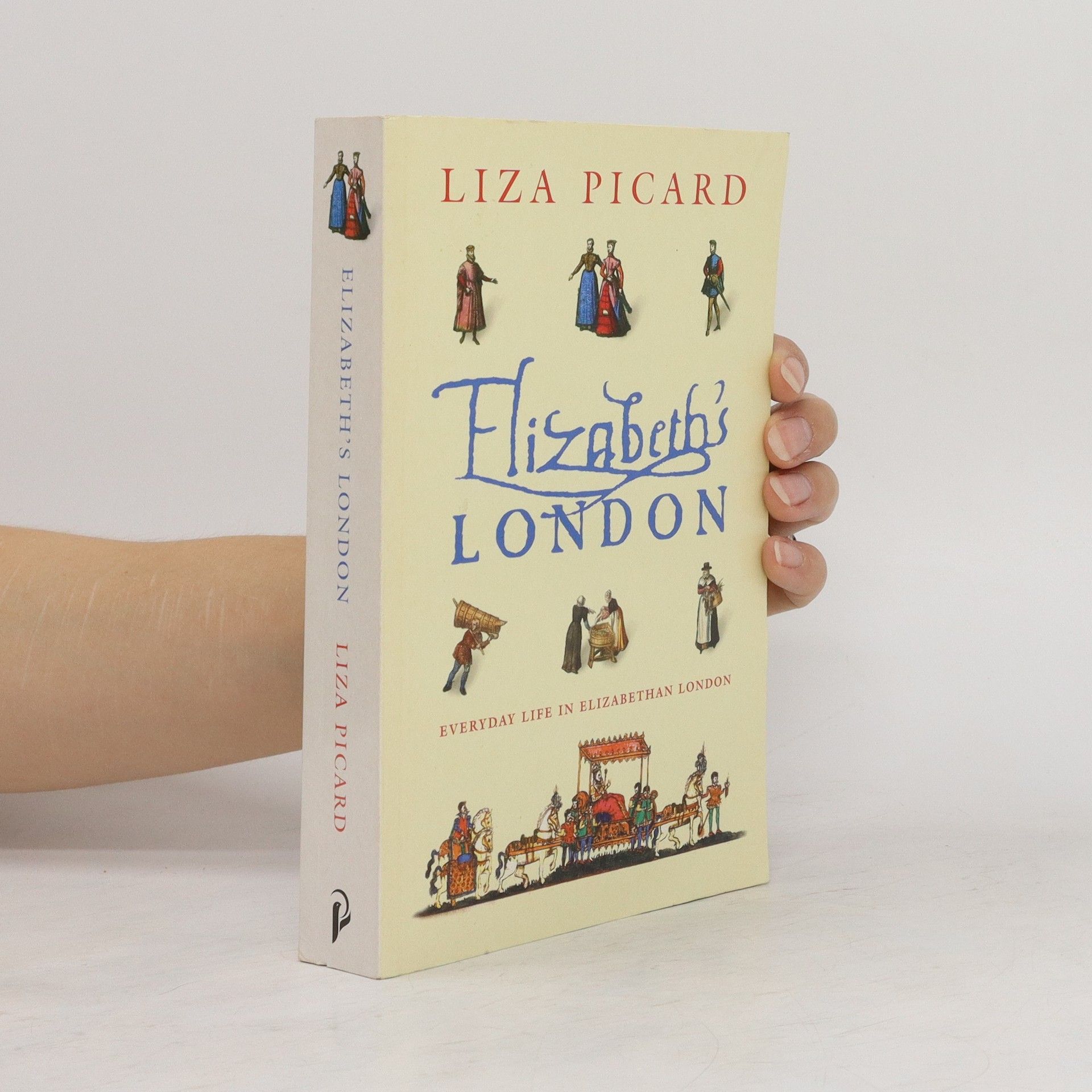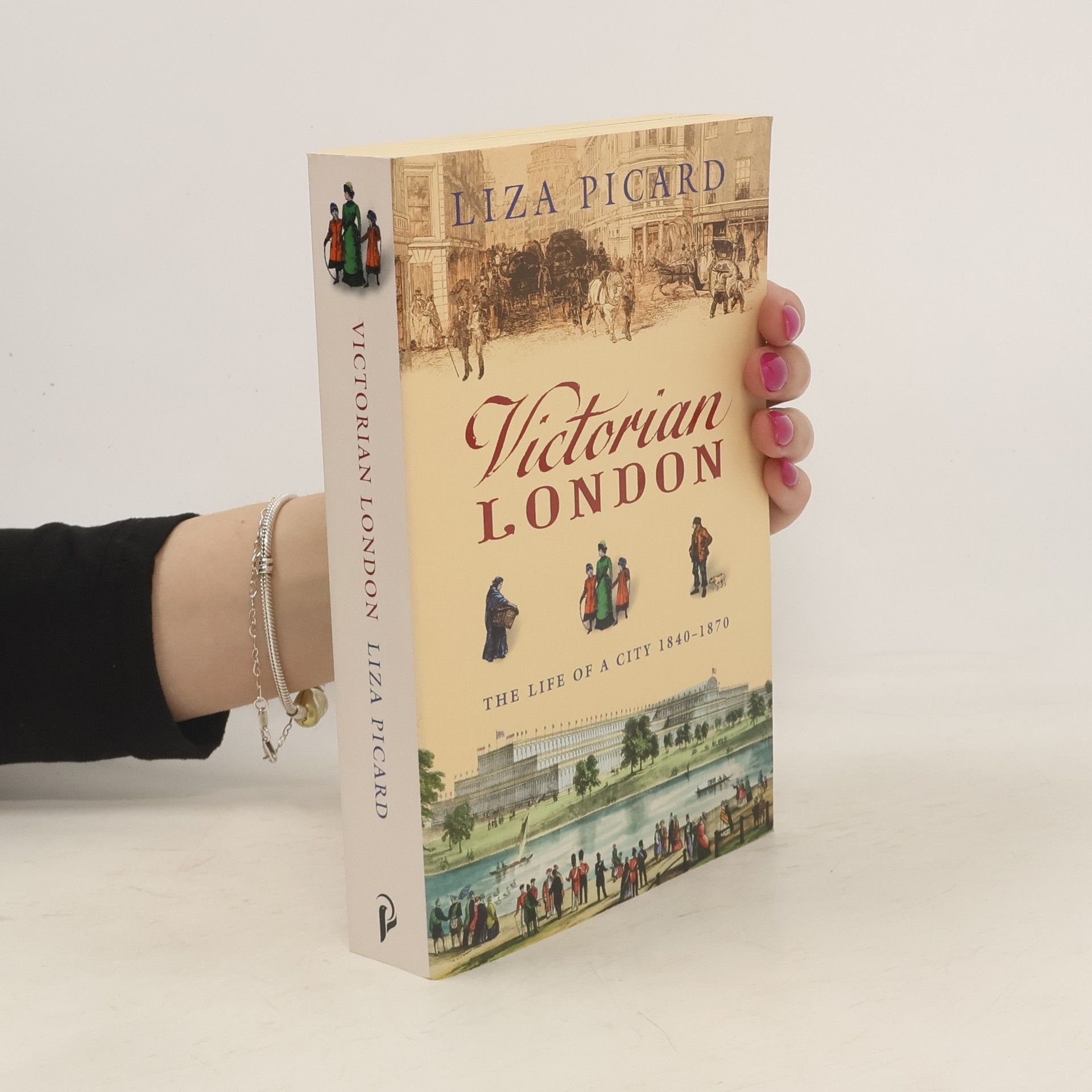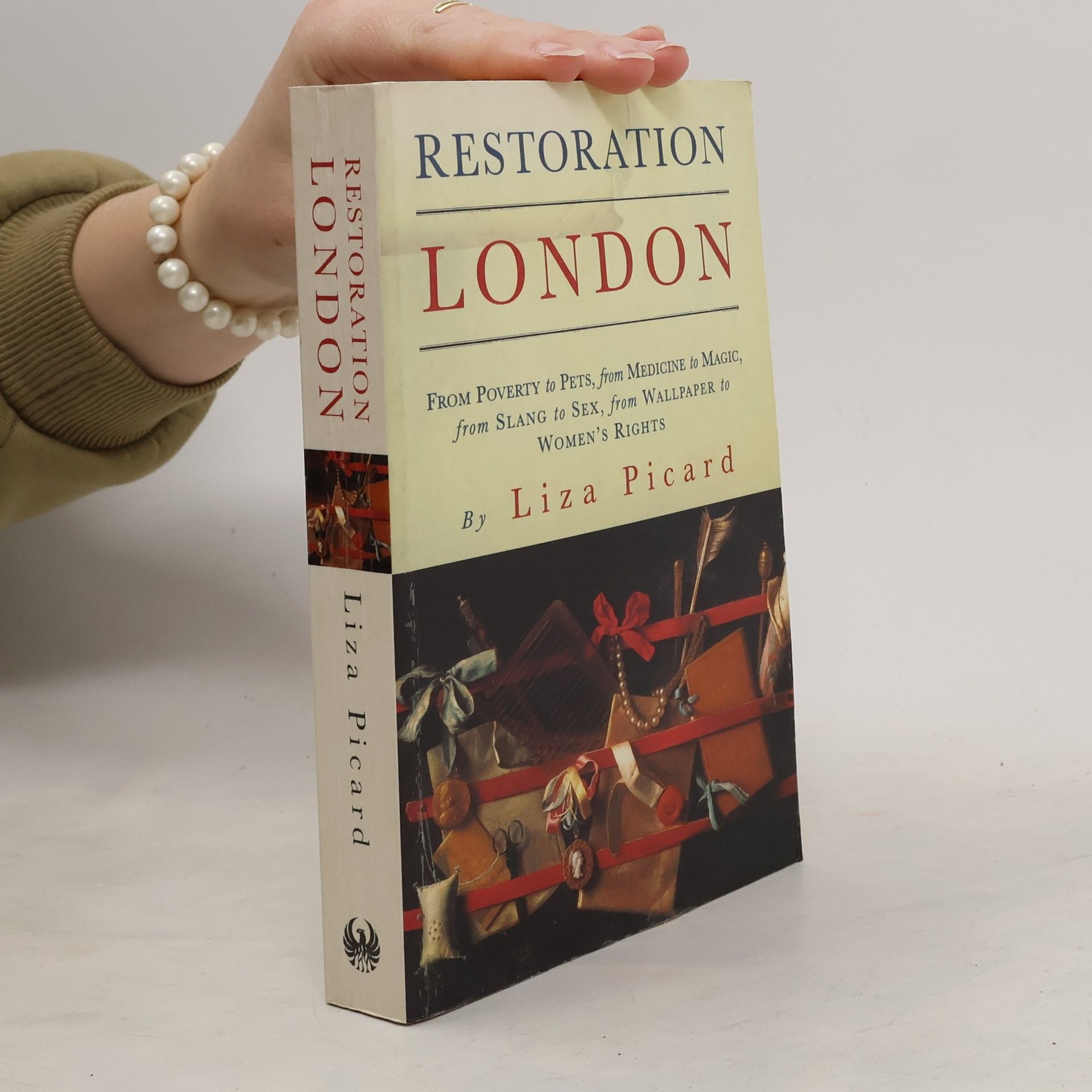Restoration London
- 352pages
- 13 heures de lecture
Making use of every possible contemporary source - diaries, memoirs, advice books, government papers, almanacs, even the Register of Patents - Liza Picard presents an enthralling picture of how life in London was really lived in the 1600s: the houses and streets, gardens and parks, cooking, clothes and jewellery, cosmetics, hairdressing, housework, laundry and shopping, medicine and dentistry, sex, education, hobbies, etiquette, law and crime, religion and popular beliefs. 'There is almost no aspect of life in Restoration London that is not meticulously described in these 300-odd pages' Jan Morris, Independent



